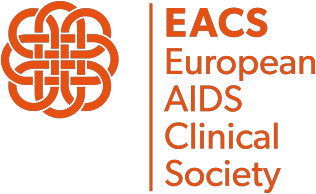Opioid Addiction: Substitution Therapy
Opioid substitution therapy (OST), also called opioid agonist therapy (OAT) is used to prevent withdrawal symptoms in persons who discontinue long term use of analgesics that act on opioid receptors or as a treatment for people with opioid use disorder. OST includes conventional treatments such as methadone maintenance therapy and buprenorphine maintenance therapy.
Comorbid mental health disorders can interfere with the adherence to OST, and result in poorer outcomes of addiction treatment.
Characteristics of drugs used as OST(i)
| Feature | Methadone | Buprenorphine |
|---|---|---|
| Dose required to prevent withdrawal symptoms according to degree of opioid dependency | Linear relationship (from 10-300 mg per day) | Linear relationship for persons with less opioid dependency only – ceiling effect (max daily dose 24 mg) |
| Interaction with ARVs | Methadone plasma concentrations are reduced if used together with: • NVP & EFV: ↓ 50% • LPV/r: ↓ 50% • No clinically significant alterations of methadone PK with other commonly used ART agents |
Buprenorphine (B) and active metabolite norbuprenorphine (N) plasma concentrations are reduced if combined with NNRTIs and increased if combined with some PIs or INSTIs |
| Caution: withdrawal symptoms if combined with ARV that decreases plasma concentration and risk of drug toxicity if such ARVs are interrupted – reverse if ARVs increase plasma concentration | ||
| Risk of overdose | Yes | See(iii) |
| Causing QT prolongation on ECG | Yes (dose-response relationship)(ii) | No |
| Risk of obstipation | High | High |
| Type of administration | Tablet or liquid | Tablet applied sublingual |
| Risk of further impairment in persons with existing liver impairment | Yes | Yes |
- See Drug-drug Interactions between Analgesics and ARVs
- ECG recommended for daily methadone doses exceeding 50 mg; special caution with concomitant use of other drugs known to cause QT prolongation (e.g. certain ARVs (such as LPV/r, RPV, FTR), amiodarone, astemizole, azithromycin, clarithromycin, chloroquine, citalopram, domperidone, escitalopram, fluconazole and moxifloxacin)
- Buprenorphine is commonly used as a fixed-dose combination with naloxone. Risk of overdose of buprenorphine may be reduced with the use of fixed dose combination with naloxone
